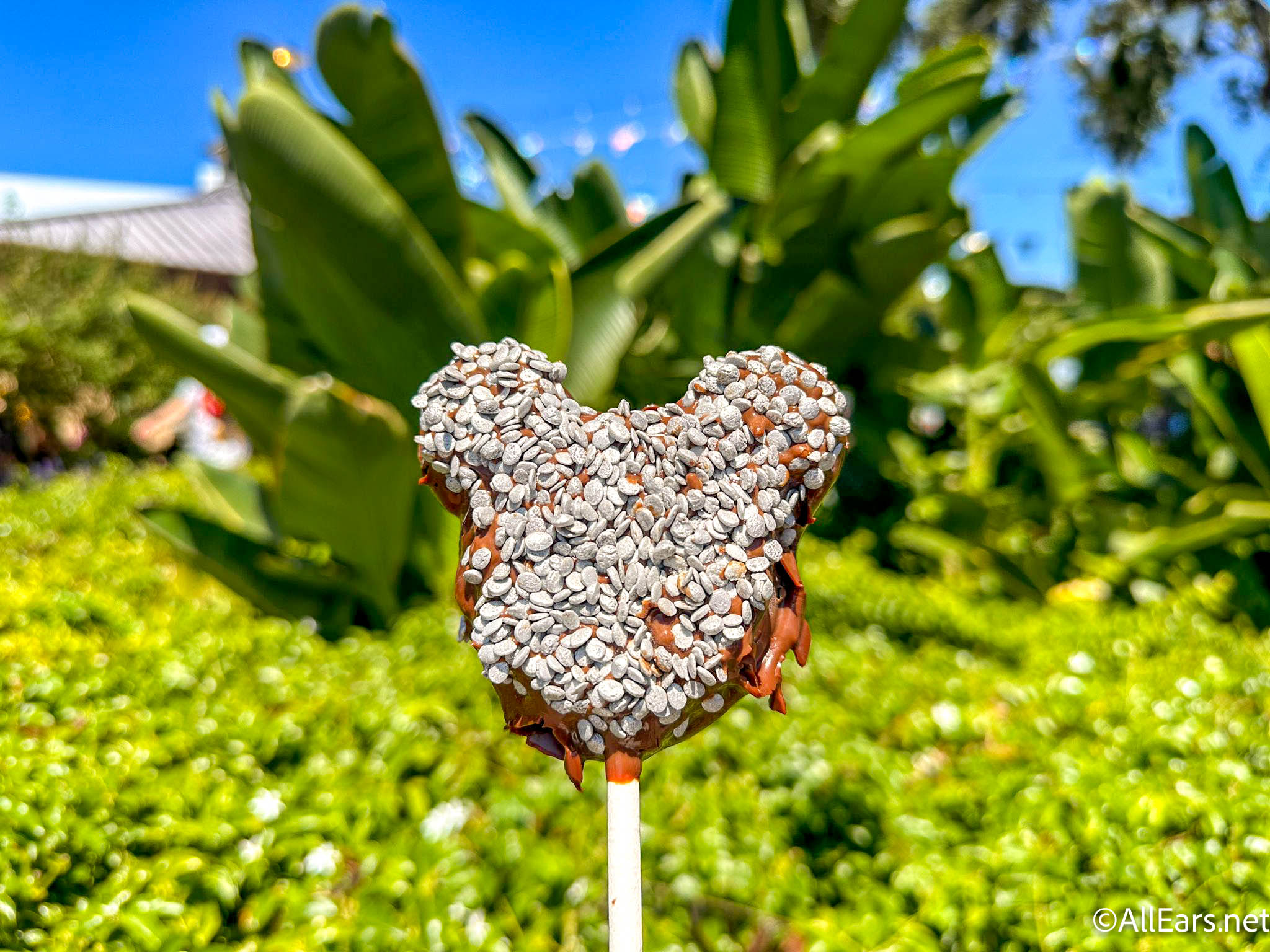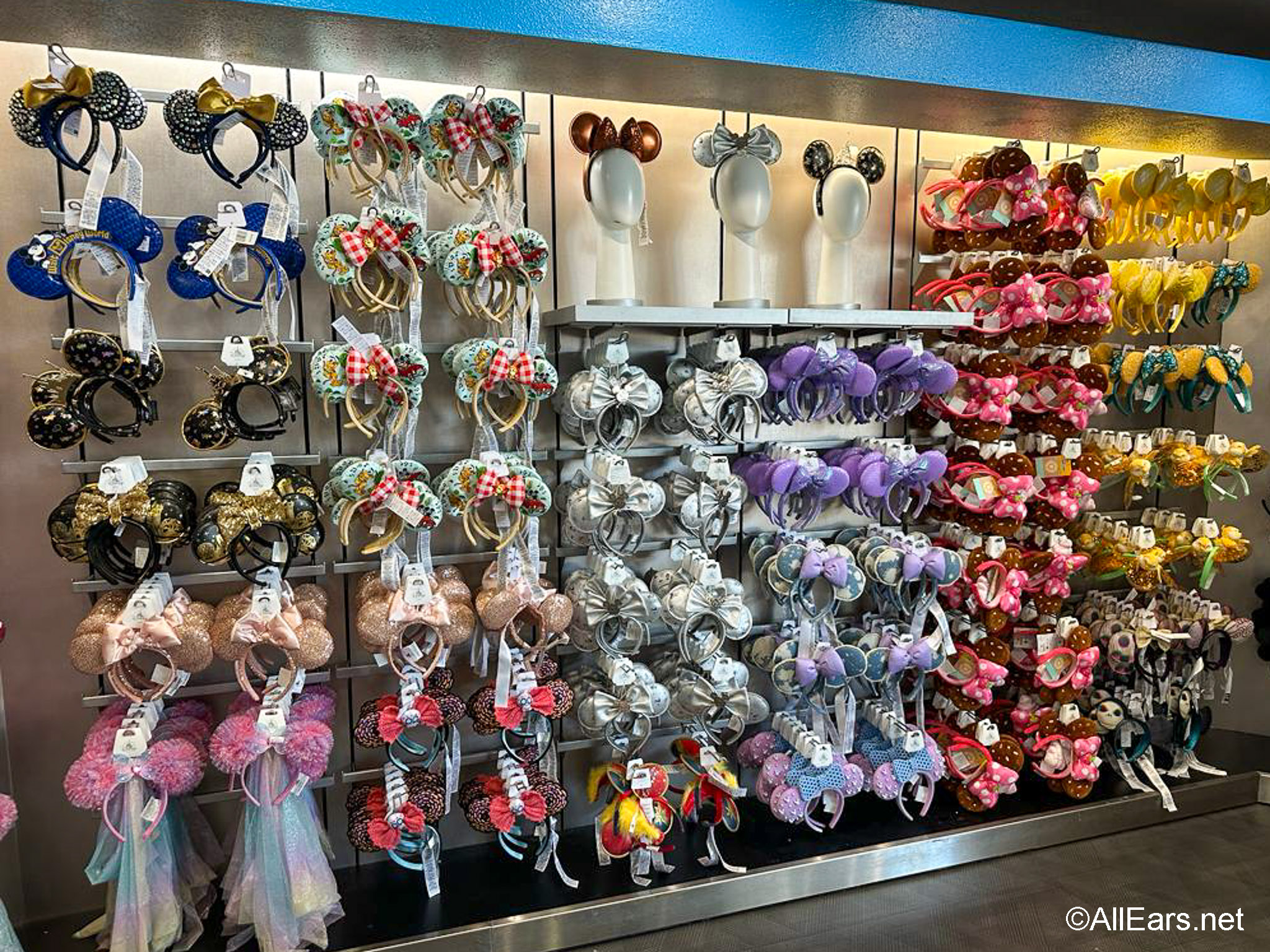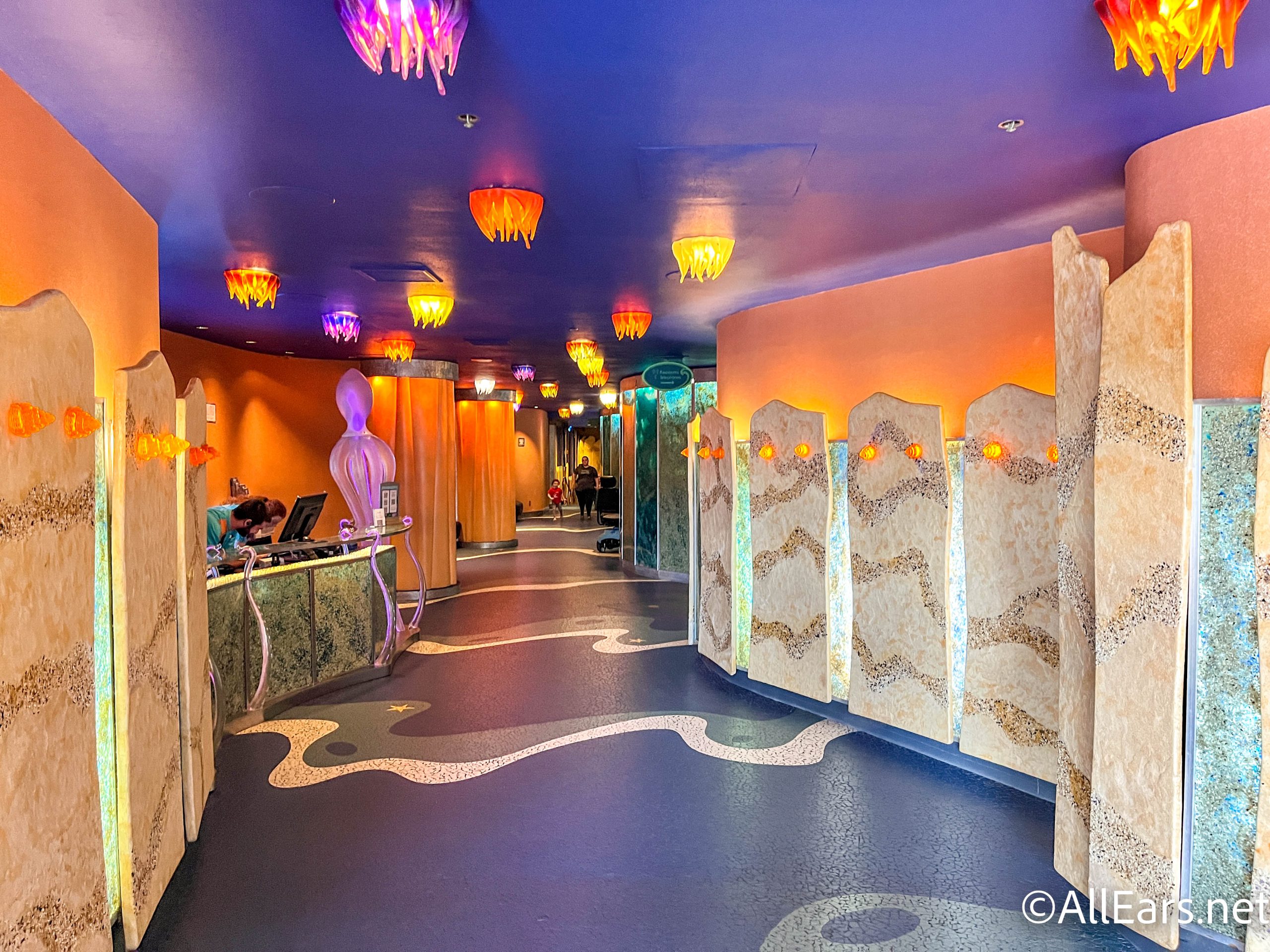The current wave of closures at the Disney Parks and Resorts is unprecedented. Never have we seen closures this long-lasting or far-reaching.

But, why is Disney (as well as many other organizations) taking such extreme measures? The answer lies in what epidemiologists call flattening the curve.
The concept was best illustrated by Max Roser of Our World in Data, an economist and statistician focused on using data to study health. He published this graph illustrating the projected path of the outbreak.

The yellow curve represents the natural path of the outbreak without any protective measures. It’s a prediction of what would happen if life continued as normal during the outbreak. That is, if people continued going to work, and places like Disneyland remained open. The blue line represents the total capacity of the healthcare system; how many beds are open, how many doctors and nurses are available, and access to critical supplies like masks and ventilators.
In places like Italy, which is considered the current epicenter of the outbreak, the medical system is already overwhelmed. Hospitals are full, supplies are running low, and medical professionals are also being infected with the disease.
It is true that, for many of those infected, COVID-19 is a mild virus of a similar severity to a cold or flu. It is also true that the majority of confirmed cases have seen a full recovery. However, that assumes the patient is otherwise healthy with no underlying conditions. Patients over the age of 60, as well as patients with underlying health conditions such as diabetes, COPD, or a weakened immune system are at a much higher risk of experiencing severe symptoms.
If cases were allowed to spike, as the yellow curve shows, the medical system would be unable to keep up with the demand. Even if the overall number of life-threatening cases was low, the majority of those cases would go untreated. Essentially, the majority of high-risk people infected would die.
However, by flattening the curve, we can protect our more vulnerable populations by slowing the spread of the disease. It works like this.

Imagine you had a thick forest of trees, all planted very close together. A rogue bolt of lightning strikes one, setting it on fire. Because the trees are all close together, it isn’t long before the entire forest is engulfed in flames.
Now, imagine each of those trees is planted a fair distance from one another, like in a plant nursery. Lightning can still strike one tree and set it on fire, but because the trees are far apart it’s more difficult for the fire to spread. A rogue spark blown from one tree could still ignite another, and it’s possible for the flames to slowly travel across the ground if there’s flammable material, but it’s a much slower progression.
Now imagine you’re a firefighter. Which one of those blazes would you rather put out?
The virus is particularly dangerous because of how infectious it is, combined with an extended incubation period where patients can spread the disease without knowing it. One woman in South Korea is responsible for over 1000 cases; not because she personally coughed on 1000 people, but simply because she attended two crowded church services against medical advice. By avoiding situations where we come in close contact with large numbers of other people, we’re slowing the virus’s ability to spread. It still will spread, but the rate will be much slower, allowing health professionals the chance to deal with it.
However, in order for this to work, we need to actually practice social distancing, which can be difficult. And removing opportunities to gather is just one part of the process. To truly flatten the curve, individuals must also take steps in their day-to-day lives. That means…
- Not going out unless absolutely necessary (for food, work, etc).
- Staying at least three feet away from other people at all times.
- Avoiding handshakes and similar forms of social contact.
- Practicing good hygiene by washing hands for at least 20 seconds and avoiding touching ones face.
- Sanitizing high-touch surfaces like phones and kitchen counters with disinfectant.
- Staying home if you or someone close to you begins showing Flu-like symptoms.
While we definitely miss going to Disney World, we all have to do our part to make sure our friends and family stay safe during this crisis! Let’s beat this together!
Want to learn more about the Disney Parks closures?
- The Disney Parks Closures: Here's Everything We Know
- Here's Everything That Disney World is Refunding Due to the Temporary Closure
- Here's Everything That Disneyland is Refunding Due to the Temporary Closures
- Here's Everything That the Disney Cruise Line is Refunding Due to Suspended Itineraries
- Should I Cancel My Disney Trip? Taking a Closer Look at Our Most FAQ
- Flattening the Curve: Why Disney is Closing Everything
- All the Times That Disney World and Disneyland Have Closed Throughout History






















Practice makes better. Thanks for keeping us “in the loop” of info.
Thanks for the information! Stay healthy